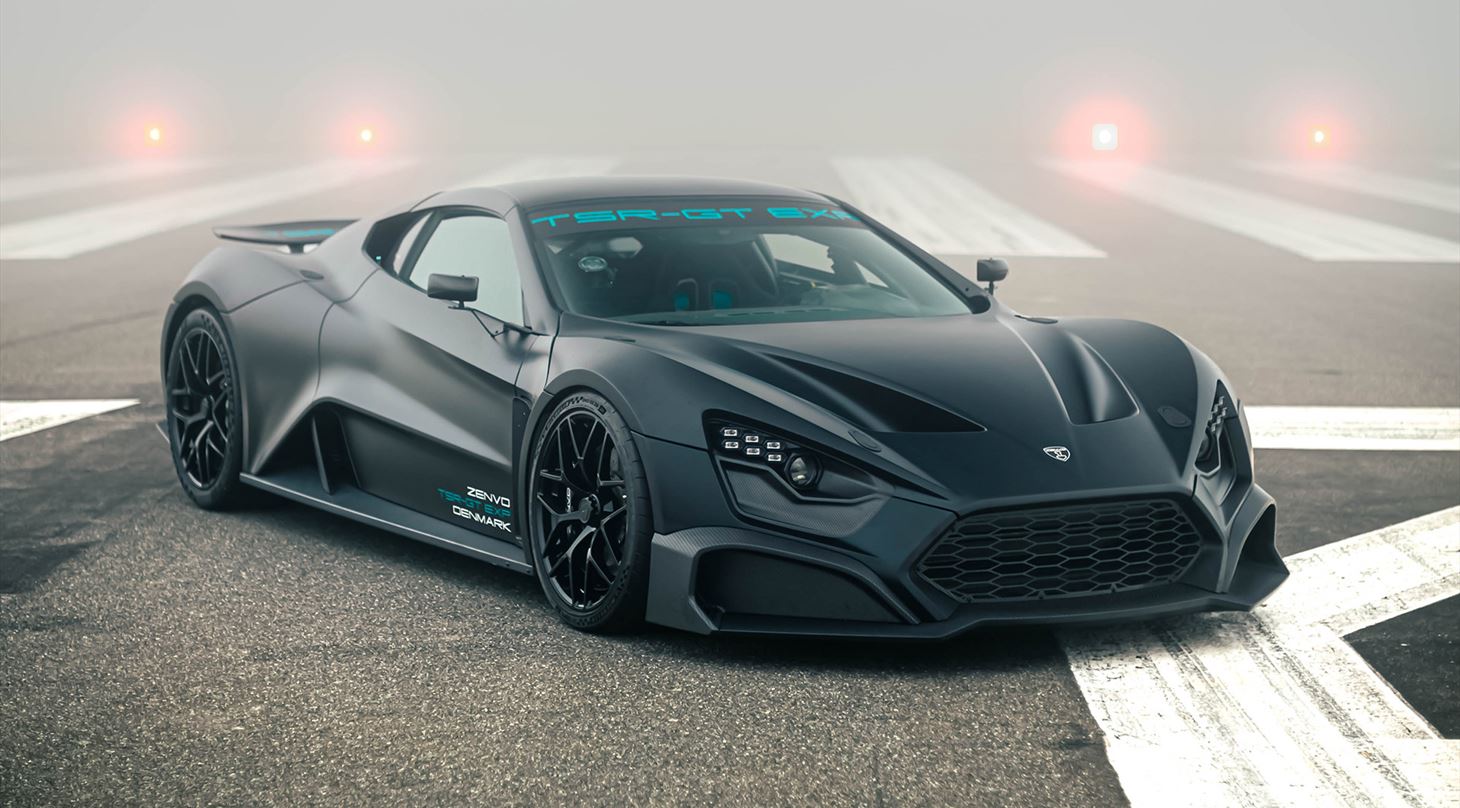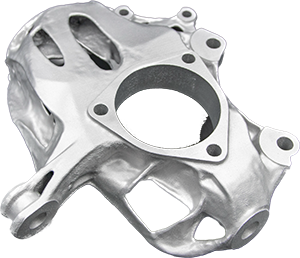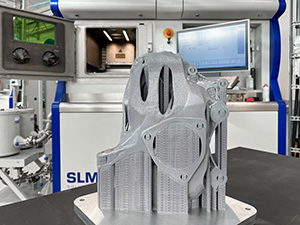
Suspension upright for Zenvo's hypercar was design-optimized for 3D printing
Zenvo is a Danish sports car manufacturer that hand-builds so-called hypercars at their factory in Præstø. The company has used 3D printing in plastic for previous car models, prompting an investigation into whether metal 3D printing could assist in optimizing a suspension upright.

Zenvo builds exclusive vehicles in ultra-low volume, so there is no need for huge quantities of individual components; instead, they require components that are lightweight, optimized, and visually appealing, making metal 3D printing a natural choice.
Therefore, Zenvo chose to participate in the design optimization course DfAM Green (Design for Additive Manufacturing), initiated by the Danish AM Hub. In this course, which also aims to increase the sustainability of the components being worked on, Zenvo focused on optimizing a suspension upright. Here, they had help from 3D printing specialists at the Danish Technological Institute.
In the process, Zenvo's original design has undergone a series of changes aimed at reducing weight and generally optimizing the suspension upright. Previously, it consisted of six components, but in the new design, they have been combined into a single component. During the DfAM Green course, the production of the suspension upright has also been moved from China to Denmark to eliminate the CO2-heavy transportation from the equation.
On a single part, we save half a kilo, so if you multiply that by four, because you have four wheels on the car, that is two kilos per car, which in our world is a lot
- Alberto Solera, Zenvo Automotive A/S
In the design process, so-called topological optimization has been used, where the component undergoes a series of computer calculations and simulations. This means that only the necessary amount of material is used to create the necessary strength where it is required. At the same time, this results in unique organic shapes, as seen in the image above.
- The original suspension upright was quite bulky and heavy, and in the hypercar world, components should also be pleasing to the eye. The results of the 3D-printed part provide a performance gain as it is lighter and stronger. It is slightly more expensive, but because it is more aesthetically pleasing, it is a cost we are willing to pay," says Alberto Solera, Technical Director - TS Series at Zenvo Automotive.
In the video below, you can learn about the process of design optimizing the suspension upright.
Lower weight and reduced material consumption
The new component has been printed in the aluminium alloy AlSi10Mg using the 3D printing technology Laser Powder Bed Fusion. Through topological optimization, the weight of the suspension upright has been reduced by 28 percent - from 2.621 kg to 1.883 kg - and its volume has also been reduced by 25 percent, from 933 cm3 to 700 cm3. Moreover, the weight reduction and optimization in the production process have resulted in a saving equivalent to 2.6 tons of CO2.
- By designing components that are topologically optimized, less material is used in the production process. As a result of the material reduction, CO2 emissions are reduced. The suspension upright thus ends up being better for the environment - both due to the reduced amount of material and the lower energy consumption in the production process, says Sigurd Vigen, consultant at DTI.
 Better equipped for the future with 3D printing
Better equipped for the future with 3D printing
During the DfAM Green course, Zenvo has become aware of the potential with metal 3D printing. They have gained insights into when it makes sense to perform topological optimization and use 3D printing, and they are thus much better equipped for the next time they need to introduce a component for 3D printing.
The 3D-printed suspension upright has been successfully tested at the factory, and the next step after the project is road testing.
- We take the suspension upright and mount it on a car and do some tests in the real world. And if everything goes well, which I am very confident it will, it will go into production, Alberto Solera concludes.
About DfAM Green
Over a six-month period, Danish AM Hub - in collaboration with DTI, Hexagon, and Implement Consulting Group - has had four Danish SMEs engaged in an innovation course aimed at equipping the companies to take advantage of the sustainable, technological, and business potential within 3D printing to an even greater extent. The course has been named Design for Additive Manufacturing Green (or DfAM Green), and it focuses on spreading 3D printing to small and medium-sized enterprises, as well as providing concrete support and assistance in working with the technology through design.
The specific goal of the DfAM course is to redesign the SMEs’ products or components to make them more sustainable and, at the same time, capable of being manufactured with e.g. greater strength, less material waste, new and improved functionality, or on-demand.